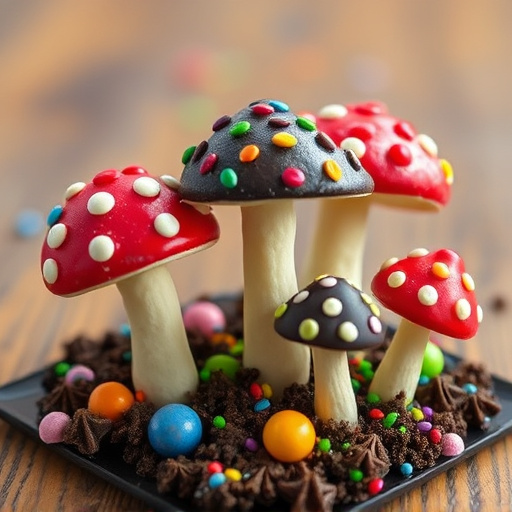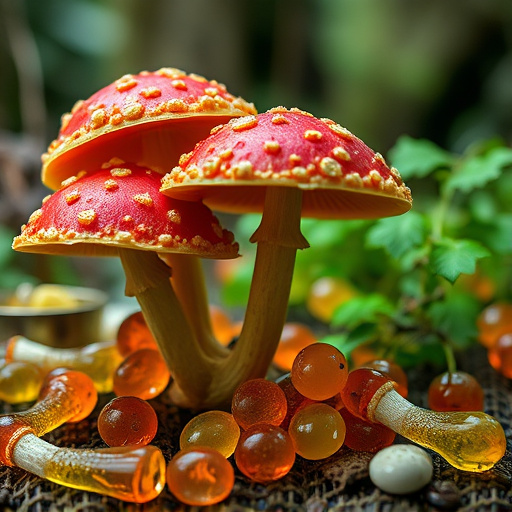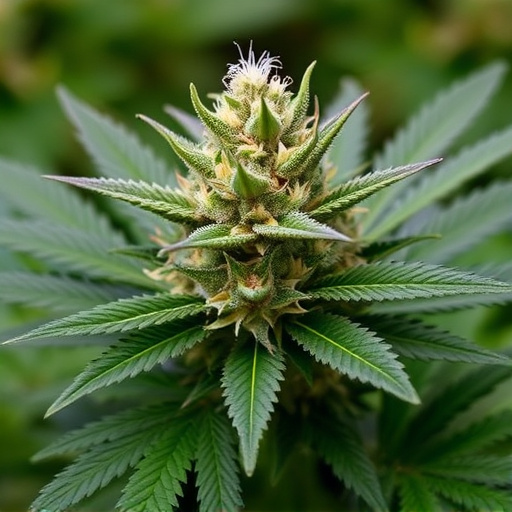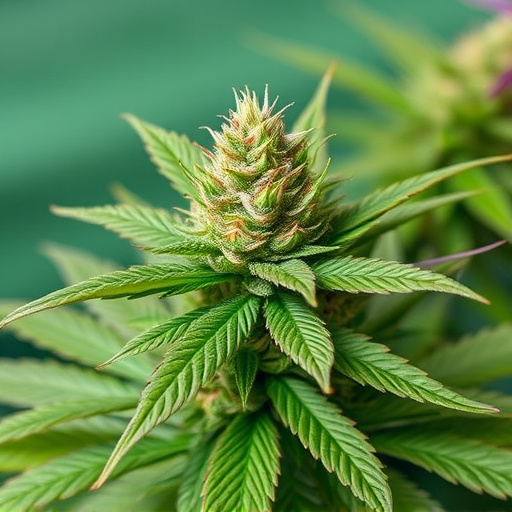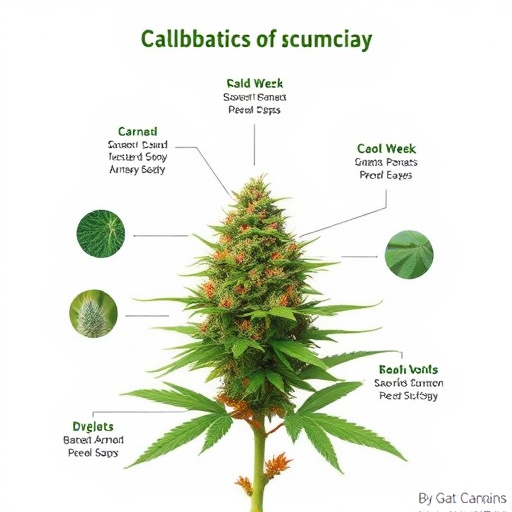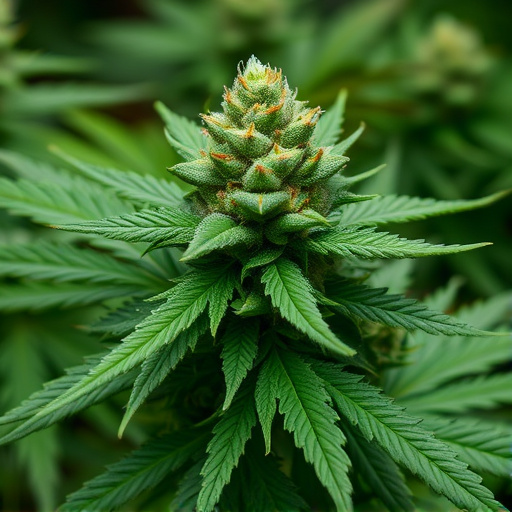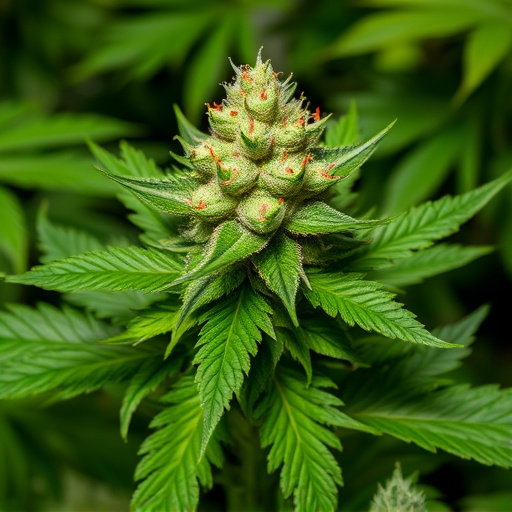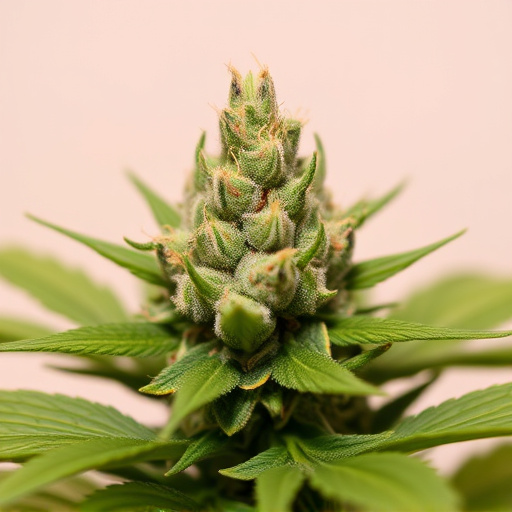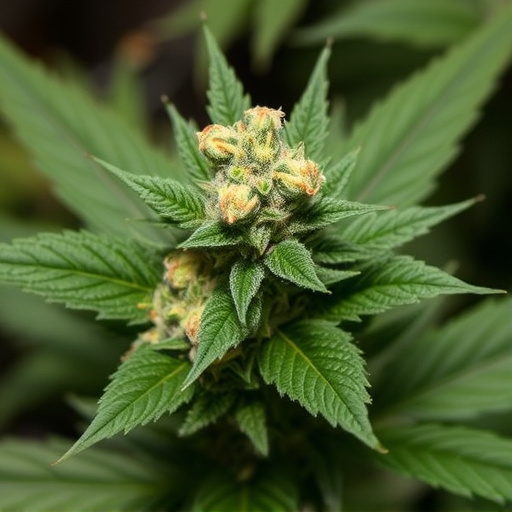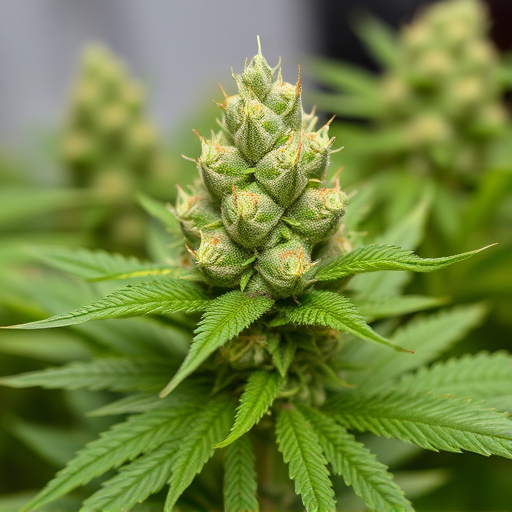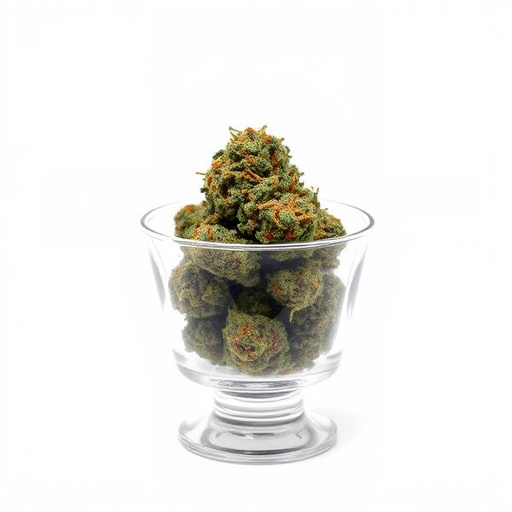The distinct skunk-like aroma of cannabis cup strains is driven by their genetic diversity and terpene profiles, with myrcene, limonene, and linalool playing key roles. Natural variations between strains lead to diverse terpene production, resulting in a wide range of scents from fruity and floral to earthy and pungent. The Cannabis Cup competition showcases these differences, where judges evaluate strains based on their unique aromas, highlighting the remarkable genetic variations and distinctive fragrances among winners.
“Uncover the secrets behind the diverse world of cannabis scents, specifically the allure of skunkier strains. This exploration delves into the intricate relationship between genetics, terpenes, and cultivation practices that shape these unique aromas. From the breeding grounds to competition stages, we unravel why some cannabis strains bear distinct skunk notes, appealing to connoisseurs worldwide. Discover how environmental factors influence terpene production and browse popular winners from the Cannabis Cup competitions, renowned for their exquisite, skunk-like profiles.”
- Genetics and Terpene Profiles: The Foundation of Skunkiness
- – Understanding the role of genetics in determining cannabis aroma
- – Terpenes: The key compounds contributing to skunk-like scents
Genetics and Terpene Profiles: The Foundation of Skunkiness
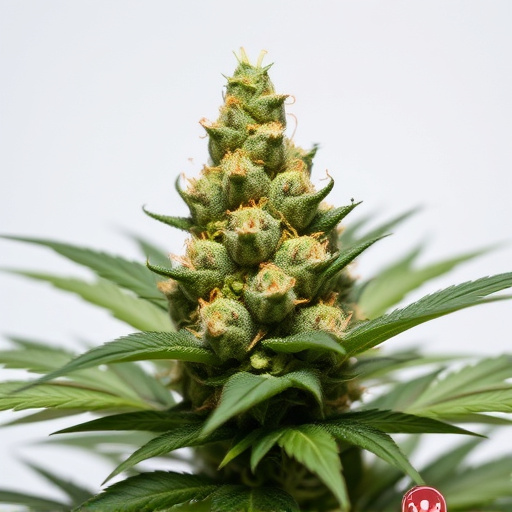
The skunk-like aroma associated with certain cannabis strains is largely due to their genetic makeup and terpene profiles, which form the foundation of their distinctive scent. Cannabis plants produce a variety of volatile organic compounds (VOCs), including terpenes, that contribute to their unique fragrances. Terpenes are aromatic compounds found in many plants and herbs, giving them their characteristic smells. In cannabis, specific terpenes like myrcene, limonene, and pinene play a significant role in creating the skunkier profiles some strains boast.
Genetic diversity among cannabis plants results in varying terpene levels and ratios, leading to diverse aromas. High concentrations of myrcene, known for its earthy and musky notes, often contribute to the skunk-like scent. Certain cannabis cup strains are renowned for their robust myrcene content, making them popular choices among users seeking that distinct skunky aroma. Understanding these genetic and terpene dynamics is key to appreciating the art of cannabis cultivation and the diverse sensory experiences different strains offer.
– Understanding the role of genetics in determining cannabis aroma

Cannabis aroma is a complex interplay of various chemical compounds, and genetics play a pivotal role in shaping this characteristic. Each cannabis strain carries its unique genetic makeup, which directly influences the production of terpenes—the aromatic molecules responsible for the distinct smells we associate with different strains. These terpenes can range from fruity and floral to earthy and pungent, with skunk-like notes being a particular favorite among many users.
The diversity in cannabis aroma is a result of natural genetic variations between strains. For instance, some strains may produce higher levels of myrcene, a common terpene known for its earthy and skunk-like scent, giving them that characteristic pungent odor. The Cannabis Cup, an international competition celebrating the art of cannabis cultivation, often showcases these differences, where judges evaluate strains based on their aroma, flavor, and overall quality, highlighting the genetic diversity and unique aromas found in various cannabis cup strains.
– Terpenes: The key compounds contributing to skunk-like scents
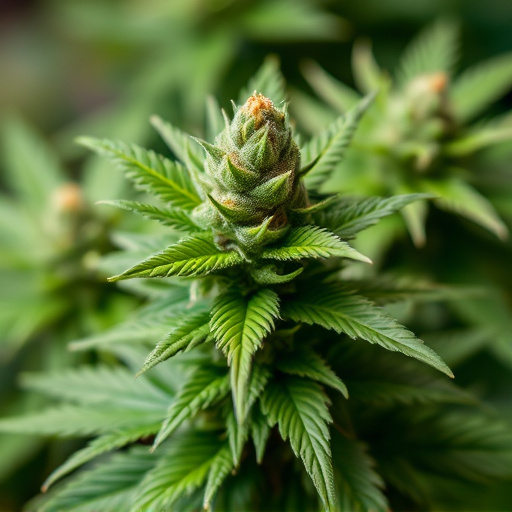
The distinctive skunk-like aroma associated with certain cannabis strains is largely attributed to terpenes, a class of aromatic compounds naturally present in the plant. These volatile oils play a significant role in shaping the scent and flavor profiles we associate with different cannabis cup winners. Among the many terpenes found in cannabis, myrcene, limonene, and linalool are particularly notable for their contribution to skunky notes.
Myrcene, known for its earthy, musky scent, is one of the most abundant terpenes in cannabis and is often linked to the pungent, skunk-like aromas. Limonene, on the other hand, imparts a bright, citrusy note, while linalool offers floral and woody undertones. The specific combination and ratios of these terpenes vary across strains, leading to the diverse range of scents we experience in cannabis cup winners, from subtle hints of skunk to more intense, pungent aromas.
Cannabis enthusiasts often seek out specific aromas, and the skunkier profile is a favorite among many. This unique trait is largely influenced by genetics and the presence of terpenes, which vary across different strains. By understanding these factors, cultivators can craft cannabis cup winners with distinct, desirable scents. Whether it’s the earthy notes of Pinene or the citrusy twist of Limonene, exploring these chemical compounds opens up a world of aromatic possibilities for both consumers and growers alike.
